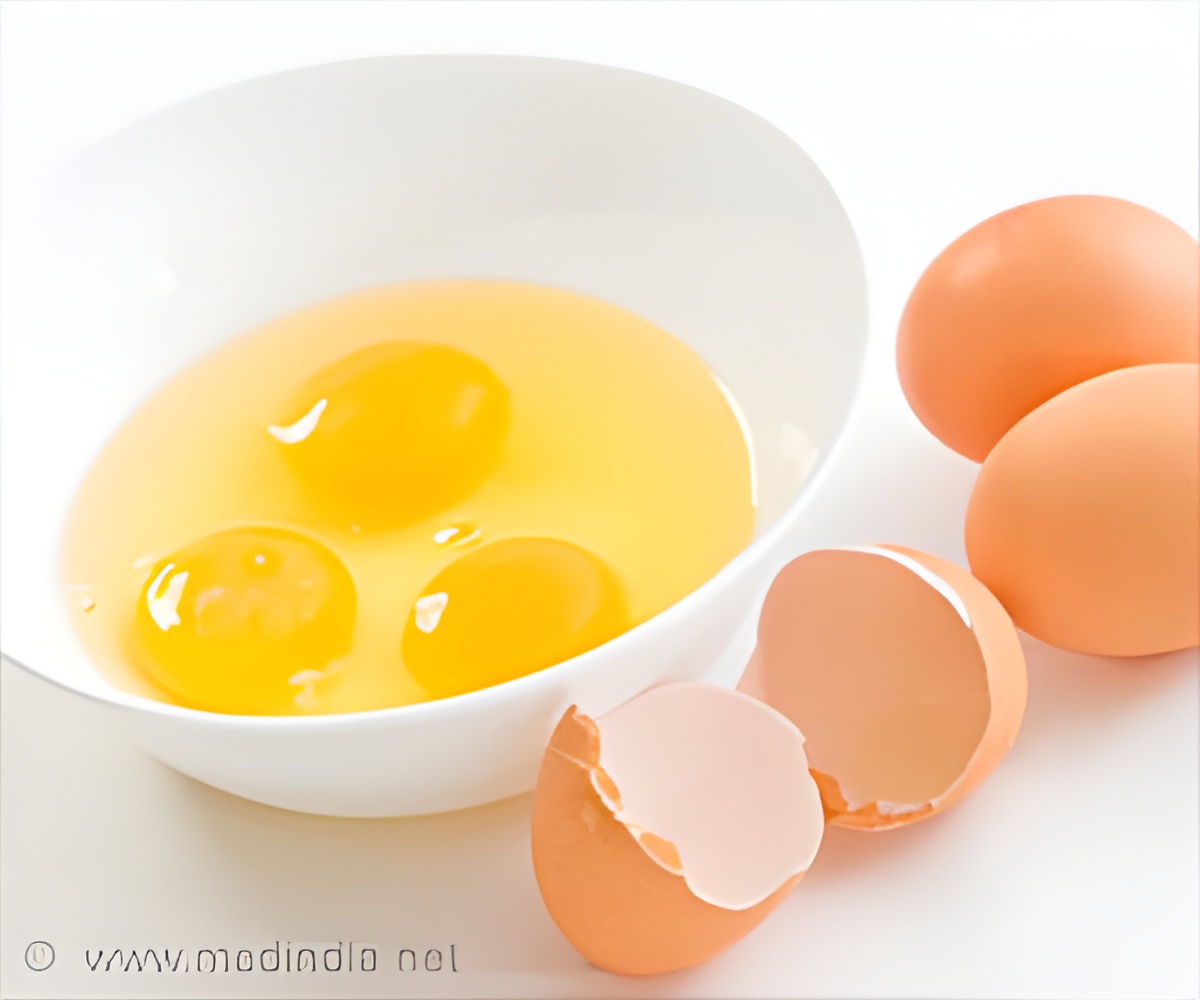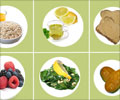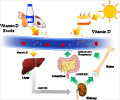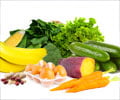Novel method can further enhance the vitamin D content of eggs by exposing chickens to UV light and fight vitamin D deficiency.

‘Exposing hens to UV rays may be a practical strategy to increase the vitamin D content in eggs.’
Read More..




Vitamin D assumes many important functions in the human body. During the summer months, people can cover about 90 percent of their daily vitamin D requirements themselves since it forms naturally in the skin through exposure to sunlight which contains special bands of light in the UV spectrum. The remainder is ideally consumed through food, such as oily fish or chicken eggs. Read More..
"However, lifestyle choices prevent many people from getting enough vitamin D. The problem increases even more in the winter months when there is a lack of sunshine," explains nutritionist Dr. Julia Kühn from MLU.
The researchers were, therefore, looking for a way to increase the amount of vitamin D in food, in this case, in eggs.
"The idea was to stimulate the natural vitamin D production of chickens. Using UV lamps in the henhouses would increase the vitamin D content of the eggs," says Kühn.
In earlier studies, the researchers were able to prove the fundamental success of their approach when they illuminated the legs of the chickens with UV light.
Advertisement
The new study aimed to test the practical feasibility of the method and therefore, was conducted on two chicken farms. Comparisons were made between two different chicken breeds, assorted lamps, and different durations of light exposure per day.
Advertisement
The research team's idea worked: After only three weeks of UV light exposure for six hours per day, the vitamin D content of the eggs increased three to four-fold. This value did not raise any further in the following weeks. Also, the additional UV light did not cause any obvious problems for the hens. They neither avoided the area around the lamps, nor did they act any differently. As a result, the researchers conclude that their method also works under practical conditions and that this could represent an important step towards supplying the population with vitamin D.
Source-Eurekalert















